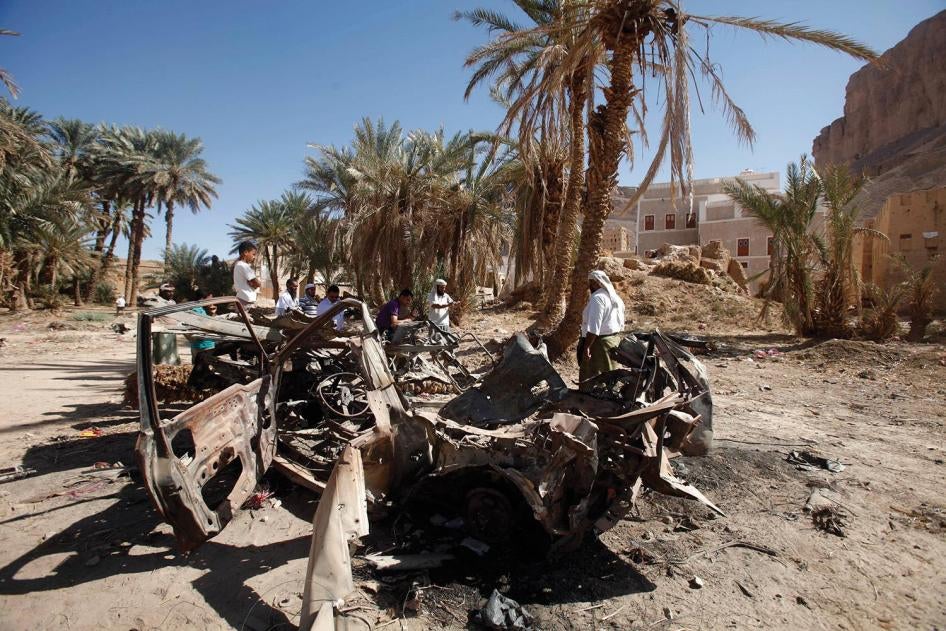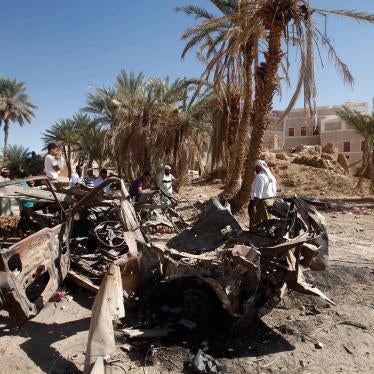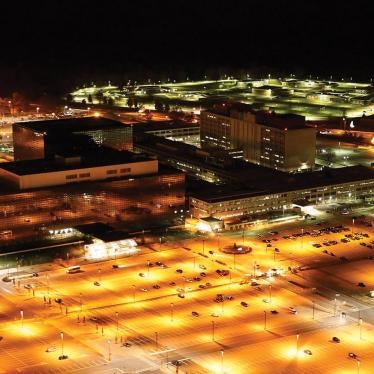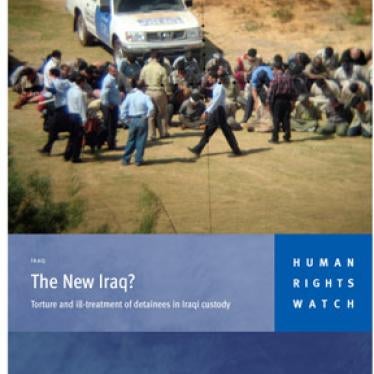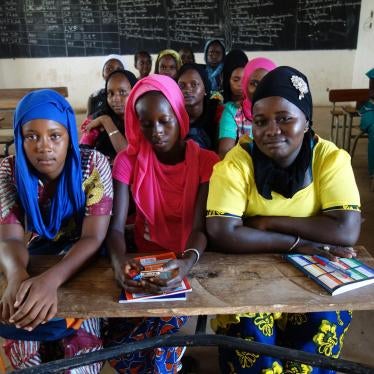(Washington, DC) – US President Donald Trump’s reported rule changes for targeting terrorism suspects increase the risk of drone strikes killing civilians, Human Rights Watch said today. The Trump administration should immediately publish its new policy on targeted killings outside conventional battlefields and strengthen protection for civilians.
“Trump’s reported changes for targeting terrorism suspects will result in more civilian deaths with less oversight and greater secrecy,” said Letta Tayler, senior terrorism and counterterrorism researcher at Human Rights Watch. “The US should be increasing civilian protections off the battlefield, not dismantling them.”
The New York Times reported on October 28, 2017, that Trump recently approved new rules that dismantle much of the Presidential Policy Guidance on targeted killings issued in 2013 by then-President Barack Obama. The Times did not give a date for the rule changes, which the Trump administration has neither denied nor publicly acknowledged.
The report said that the revised rules scrap the Obama-era requirement that anyone targeted for attack outside of what the US calls “areas of active hostilities” must pose a “continuing, imminent threat” to American lives. This change gives US forces greater latitude to attack people it considers lower-level members of armed groups such as the Islamic State (also known as ISIS), al-Qaeda, the Taliban, and so-called “associated forces,” rather than primarily targeting these groups’ top echelons.
The change also means the US may strike in countries where armed groups are present but not actively plotting attacks against the US. These changes are problematic because the US is loosening rules for taking human life in circumstances in which it is uncertain that the US is engaged in an armed conflict, Human Rights Watch said.
The report said that the revisions also end the Obama administration’s requirement for top-level, interagency vetting of each drone strike or special forces operation outside of conventional theaters of war such as Iraq, Syria, and Afghanistan. Instead, the rules now apparently allow the US to conduct a “persistent campaign of direct action” in countries where terrorism suspects may be operating, without top-level sign-off for individual attacks.
The reported changes replace a requirement that US forces have “near-certainty” that the target is present before carrying out a strike or a raid with a “reasonable certainty” threshold, increasing the possibility that civilians could be unlawfully killed or injured. Even when the US makes robust efforts to attack at times and in places with the least likelihood of civilian harm, such operations can result in unintended deaths because of factors such as faulty intelligence or unpredictable events on the ground.
Trump did not rescind a requirement for “near-certainty” that no civilians would be killed or injured in an operation, the report said. But Human Rights Watch field research during the Obama administration found that the US did not always appear to follow this requirement anyway.
Obama unveiled his Presidential Policy Guidance amid mounting criticism over the US targeted-killing program. The US says it killed as many as 3,100 people from 2009 to 2016 in targeted-killing operations in Pakistan, Somalia, Yemen, and elsewhere – some civil society groups argue that the number is higher. Yet it has provided scant information on combatant and civilian casualties and the legality of particular attacks. Trump has continued the program, which relies primarily on drone strikes, and reportedly is poised to expand it to areas including Mali and Niger, where US forces are engaged in counterterrorism operations.
The US targeted-killing rules are policy directives, not law. Although they are more protective of human life than the international laws of war, they remain insufficient where the US has not demonstrated it is engaged in an armed conflict, Human Rights Watch said. Absent an armed conflict, law-enforcement rules governed by international human rights law apply. In such circumstances, lethal force may only be used to protect an imminent threat to life.
The US contends that it can use military force anywhere against targeted groups without regard to whether its attacks take place in an area of active hostilities, arguing that it is engaged in an armed conflict without geographical boundaries with groups like ISIS and al-Qaeda. That interpretation is overly broad and dangerous.
“The Trump administration’s reported widening of its rules for targeted killings opens the door for more US attacks on civilians,” Tayler said. “It also sends a message to all countries acquiring armed drones that they too can try to bend international law when taking human life in the name of countering terrorism.”

